Identifying the Need—You Answer the Questions
I think it is important starting out that you identify some key elements that help simplify your development. Here is the first of a few things I have worked out through the years.
Identifying the type of woodworking you want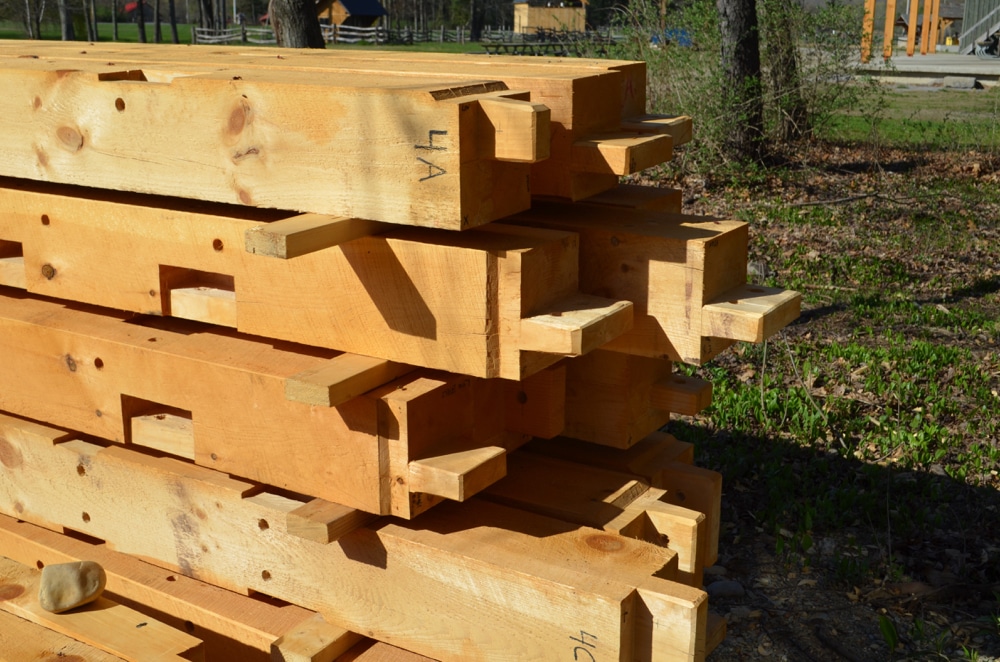
I suppose I’m a general allrounder when it comes to woodworking. That means that I would understand building a timberframed home or barn without much of any research and I would have no hesitation in making a guitar or a violin. Boats, canoes and of course furniture of most if not any type would pose no real issues of concern to me these days.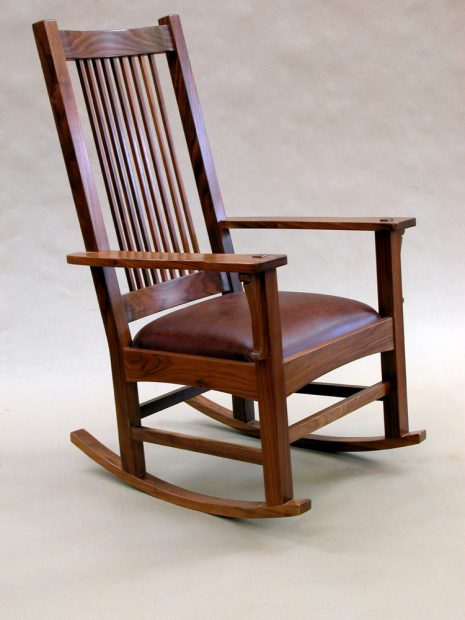
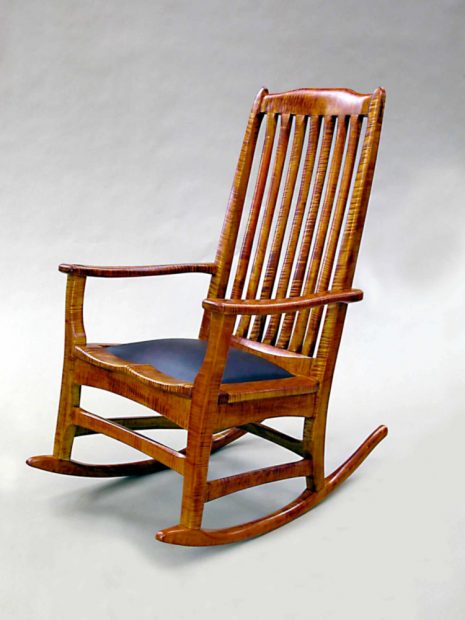
Of course I use machines
Just not much of the time. Of course you will know that I rarely show machine working in my work, not yet anyway. And that’s not because I never use them, or in any way deplore them. It’s just that that has become old hat for most and people are not asking for that from me. Of course people now know that machines are less the essential that they first thought they might be and I think our work has indeed balanced out was felt throughout those decades to be the answer. Because I do have developed skill and working knowledge, using hand tool woodworking methods often work more efficiently for the work I do. This is actually true for anyone making anything from wood. The problem is most people give up too early, have over expectations or develop machine methods that are, well, close enough for them. Unfortunately this leaves about half to two thirds of the population squarely outside the woodshop door.
When I moved to live and work in the USA I made pieces like this rocking chair and sold the likes regularly for anywhere between $1,700 and $2,000 just at craft shows around Texas and a couple of other states. They take me five days to make completely and utterly by hand. Here is another style that started at $6,500 and went on up. I designed this one around 15 years ago and they sold and sold. So what I want to say is that in most cases experienced machinist woodworkers might only rank as raw beginners when it comes to hand woodworking as these skills cannot be developed by using machines. That being so and machine skills not being transferable as hand tool skills, you will see that machine woodworkers are often only beginners in the hand tool woodworking world. This is my experience. That being fact, machinists generally advise new woodworkers to buy machines first as though this is the necessary entrance into woodworking when it’s actually the entrance into machine woodworking only.
Machines are really good for dimensioning wood
If you give thought to today’s woodworker you don’t get too far before you see that woodworkers want wood machining mostly to dimensioned size and something that eliminates skilled work such as crosscut sawing square ends. That’s because to them joinery at intersecting points for frames usually means biscuit joints (not a true joint by definition at all) or pocket hole screws or dowels and screws all of which require square ends. 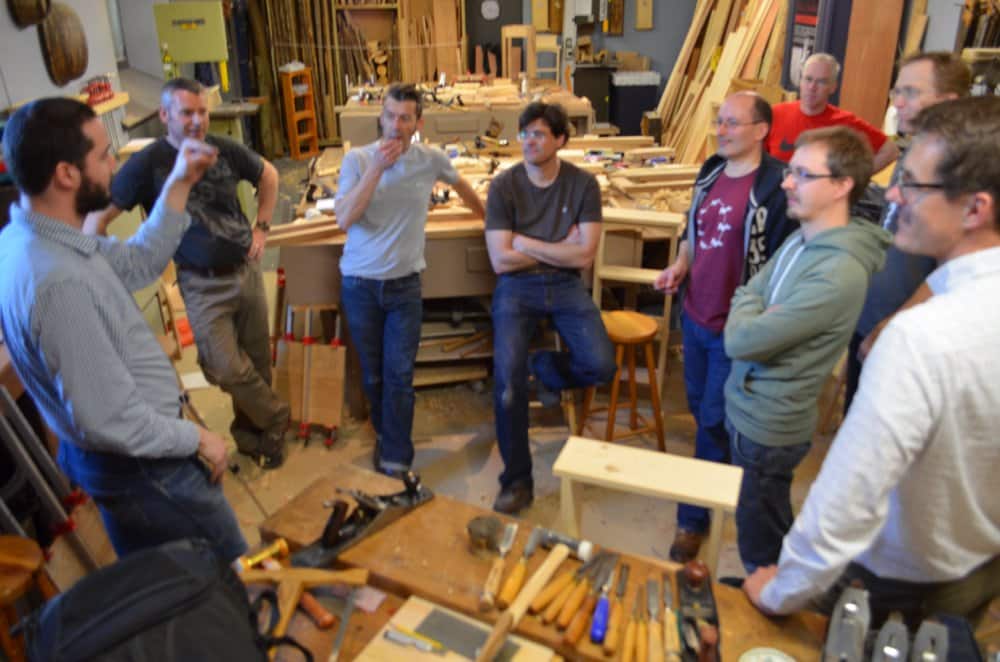
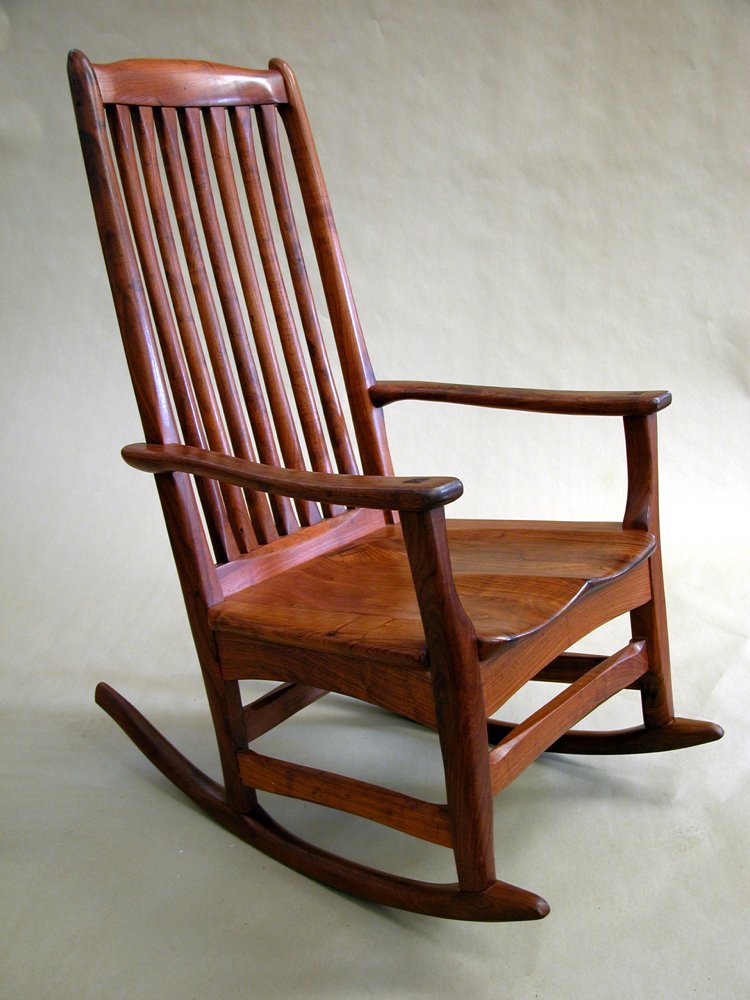
What do you need to become a woodworker?
The question then becomes this. Have you decided that hand tool woodworking is a necessary path for you? Do you want to master skilled workmanship using hand methods? Are you prepared to invest your time in developing your skills?
What goes around come around
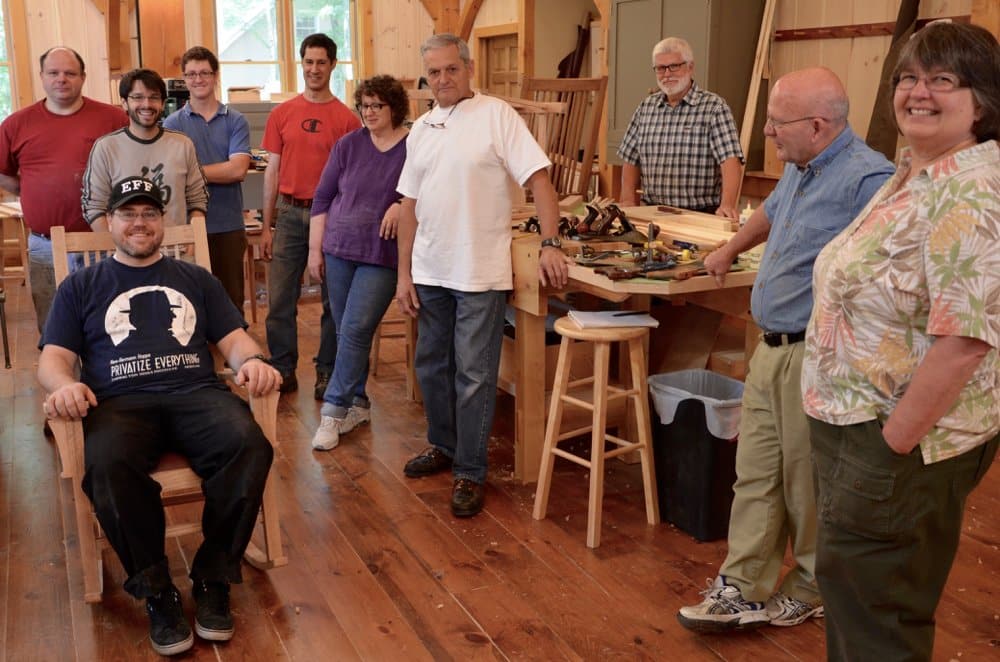
All that you see on this page and indeed the thousands of blog pages I have written reflects only hand work. Is this what you are looking for. After 50 years of working wood by hand and of course a percentage of machine work in a perfectly balanced way, I look back and say that the best thing I ever did was discipline myself with the art of hand work.


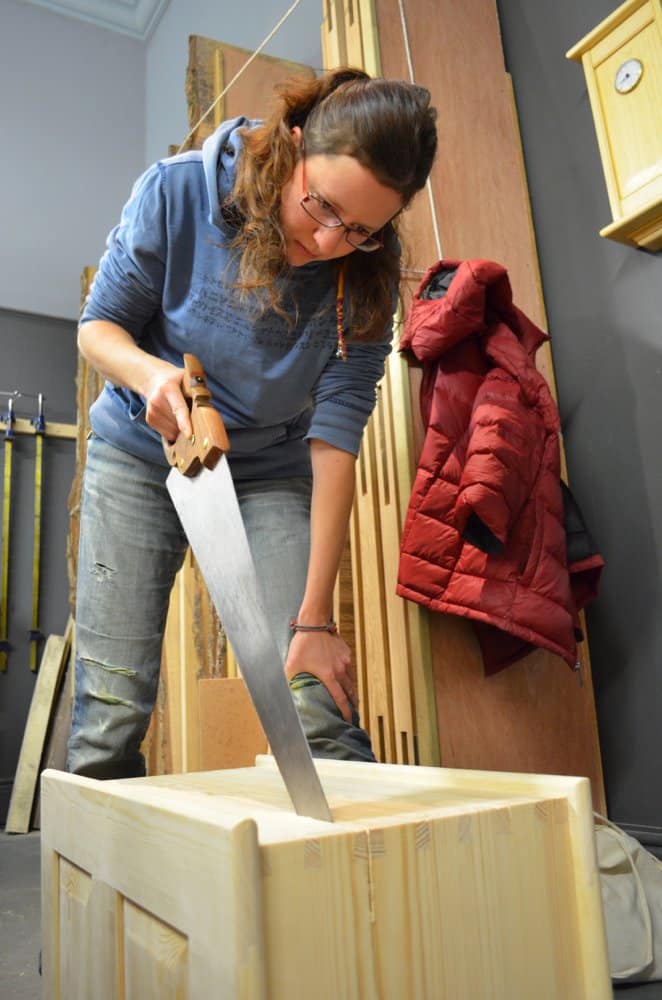
Besides the cultural issue of just not knowing there were alternatives, I think a lot of people who want to get into working with wood are impatient. We have little time as working adults, but want to make something with our hands. There’s an internal pressure to “get it done.” Hurry hurry. We want the end result, and the end justifies the means – feed the wood through a machine. I think it is an understandable impatience, more with modern life than anything to do with woodworking.
I’ve learned to live with the fact that a project will take me forever, but I’m enjoying the process along the way and watching my skills unfold. That’s the whole point of doing it as a hobby, after all, in my opinion. Not to just pile up stuff you’ve made.
This is a great post. I think it funny how when people around me find out I’m using hand tool to make things the first thing I hear is “why?”. From some it’s even almost amusement at me trying to do it the “old fashioned” long way. I’ve already made a custom futon for a friend and about to start another one. It absolutely took me a while to do but ,in my opinion, it is amazing and should last a lifetime. This next one I’m going to be changing up a bit to incorporate different joinery I’ve learned and want to practice from your videos.
I will still be using machine tools but I believe they will have their own time and place. I want to learn how to get on without them and then see where they will fit for me.
I don’t know what my end goal really is but I know hand tool woodworking will be a part of it and that’s exciting. The thought of eventually making furniture is enticing and maybe being able to make something like a guitar would be a dream. At least there is always something to work towards. The road there should be a fun one.
The correlation between hand methods and the wood seems lost to most. Sliding wood along the bed of a tablesaw and planer has its benefits but then resorting to a bandsaw to remove the marks is a sad disconnect for me. I just finished making the rocker frame and it literally took me a few minutes after the hand plane to achieve a perfect surface and most machinists don’t believe this is possible with hand tools and yet for me it eliminates 90% of any kind of sanding. So many fundamental benefits and then of course the physical workout and the sense of wellbeing.
I was lucky enough to stumble on your website just as I was coming to the end of a workshop build. I had intended to buy an old combi-machine but abandoned that idea once I saw how accessible (and cheap) hand tools methods were. My workshop is now much more roomy than it would’ve been and the sound proofing I had installed is put to work with music and a big pair of speakers rather than screaming blades it was intended for.
During fitting out I’d developed a liking for furniture grade plywood. So I decided to keep my track saw and router table for plywood and use hand tools for everything else. So far its proving a productive combination. I dislike using the router table but it suits plywood joinery so I put up with it. Track saws are terrific things that need no excuses. But such tools are an unpleasant means to a useful end. Hand tools on the other hand are a very enjoyable means to a very rewarding end. I now have two hand tooled benches and space to learn a bit of metal working. Space too for the kids to hang out in the workshop when I’m not. None of this would’ve been possible had I missed your website and actually bought that machine..
When I comment with my friends at work that, though I have several power tools (a router and a hand planer), I want to work with hand tools, the answer is always the same: “it takes too much time; power tools are faster”. Yes, they are faster (and sometimes the results are better, I’m afraid) … but working with hand tools is PRETTIER (sorry for capitals, but I cannot write in italics here). It’s not only the skills, it’s not only that power tools make more much dust and noise and are more dangerous. There is a powerful reason, a “romantic” reason if you want: the beauty that lies in working with your hands, giving shape to wood slowly.
I’m a 48 years old engineer. I work in a petroleum refinery, and one of my day-to-day things is “hurry, hurry”, even in a kind of work wich requires slow and careful operations most of the times. I don’t want to traslate that to my home woodworking. When I was a boy, I liked to go to a woodworker’s workshop near the school. When I went out of school, I went to that workshop to see and old man work with hand tools. Sebastian was his name, and he was very old when I was a boy. I did love to see him handplaning wood, cutting with the saw and using the chisels. I still remember how he lighted a cigarrette that burnt alone under his nose, without aspiring, since Sebastian forgot that he had it in his mouth, so concentrated he was. Woodworking for me has always been joined to that image: an old man handplaning wood with wooden hand planes, in silence, getting beatiful continuous shavings. When I went back home, my mother always got very angry, but I did it day after day.
Since woodworking for me is a hobby (a serious hobby that has my house and my garden full of wood shavings, pieces of wood and mid-made projects), I don’t want to make a time-competition thing out of it. Besides of this, it’s important for me (italics again in this “for me”) doing things in “hand-way”. I’ll never be a real woodworker, and learning some skills of a true woodworker would mean a lot of time that I haven’t, but the little time I spend with wood, with my workbench, restoring an old saw with lots of rust, trying to get a cutting edge that allows my flea markets planes cut with something similiar to a pretty sound or trying to make a mortise and tenon joint that is never well-made enough (I’m a perfectionist, i’m afraid) is important for me. It’s my time at my small home workshop. It’s doing things on the way I want to do them. Slow? Perhaps. It takes too much time? May be, but that it’s not the point. Enjoying this way of doing woodworking is the point indeed. Doing this exactly as I want.
I still have a lot of things and skills and tips to learn. I probably won’t be able to do it, but I have the solid intention of enjoying trying it.
I completely agree and feel the same as you do. By the way, you are a real woodworker. Just because it isn’t your source of income doesn’t dimish it. For what it’s worth, many of the big scientists from 150 years ago were the wealth who dabbled in science as a hobby. I’m not kidding about this.
Thank you Paul for what you do. I look forward to each new post and video. The one area that I could use your help would be finishing. You’ve done an excellent job at covering shellac then wax. I would like to see some videos on tung or linseed oil and maybe fuming with house hold ammonia. Would love to see something that compares when you might choose one type of finish over the other. I’ve done shellac and wax. It came out nicely and was easy. Would just love to have a bit more of your expert info on the other options.
Asking someone new to just have patience is most often frowned upon but it is indeed a big part of the learning process.
I began working with wood in the mid 70’s and it took until now to get this far.
Learning about grain direction, grain types, moisture content, which woods can be bent, what would make a good choice if asked to make a pipe, a bowl, etc.
Enjoy every moment along the way and please be patient.
I was introduced to woodworking by my father, a toolmaker.
I became a machinist and as a mechanic liked rebuilding old vintage machinery.
For years I bought the best old woodworking machines I could find and refurbished them in the hopes I could make furniture some day.
By pure chance I meet Paul at the New England Woodworking show in Springfield Massachusetts. I was looking for a doweling jig and power feeders for my shaper and table saw! My son and I were tired and sat down to listen to this eccentric British guy who made dovetail joints in about ten minutes. The company setting up the dovetail jig I was looking for were still working on the setup and hadn’t made one joint yet.
I never bought the jig or power feeders. I have changed my direction and went to doing more work by hand. It was an epiphany!
Thanks Paul, come back to the US shows they haven’t been the same since you left.
PS: I’m the one who picked up your Vertias Router without asking you first.
I was wondering why you were glaring at me. Sorry, I didn’t mean to be so rude…….
You know I’m gona say this, just because I never would have believed it myself if it hadn’t happened to me first hand. I started out using Machines. So for the first ten years of my woodworking experience that’s basically all I knew with the exception of cleaning up the machine marks with a #4 Hand Plane. And That was it. But two years ago I started subscribing to Paul’s Woodworking Masterclass web site and now I barely use machines at all. I admit at first I was slow but now I find it much quicker than using the machines. I do buy my Lumber rough so of course I dimension my stock to rough sizes but I do all my final dimensioning by hand and still yet I find this much faster. At first I thought everything had to be just perfect before I even started the build but watching Paul nine hundred gillion times I noticed he was building projects and not trying to build a perfectly rectangle rail or stile. But even then after so many hours of practicing I can get so precise to within a couple thou, If Need Be”, my goodness that’s as accurate almost as machinist get when making machine parts, In a lot of cases. So all that being said I really believe that hand tool woodworking can be and is faster than machining . For me anyway. Thanks for the blog as usual it’s great stuff. And I do appreciate you not banning me from your site for asking more questions than my share. lol I thought for sure there a couple times you felt like bopping me in the head. lol. Cheers
I will probably never sell a piece of woodwork. Every time I work a piece of wood, it’s either to make a tool, gift, or repair an instrument or a piece of furniture. No pressure. I find working with hand tools so therapeutic that at times I will plane a plank of wood into nothingness, just for the sheer joy of watching the curls produced by my planes. When I built my first guitar I was struck by a theme espoused by Arthur Overholtzer in his book, “Classical Guitar Making”. He believed that the difference between a good guitar and a great guitar, all other things being equal, was the practice of preparing each part without tension. Basically, he believed that if you had to clamp a joint to bring the wood together (I.e. A spring joint) , you were building tension into the instrument, thus hurting the sound. I found there was merit to this thinking when I was asked years ago to repair a young ladie’s violin which had a loose top plate. When I removed the top I found that one apparently recently installed lining block protruded very slightly above the rest in the area wher the top had separated. I carefully worked the block down and reglued the top (yes, I used hide glue). I took the instrument to my neighbor, Curly Fox (a one time world renowned fiddler) and asked him to do the setup. The young girls university teacher remarked during her next lesson…….”your new violin is sooooo much better than the other one!” She did not believe it was the same instrument. Some time later her $35 violin was sold for $1750 to a member of the Atlanta Symphony. I credit Mr. Overholtzer for impressing on me the importance of “tension” in working wood. To this day I do not force joints into submission. Thanks to Mr. Sellers, I’m getting even more enjoyment from my hand tools. Unfortunately, in my remote location, I find that no one is interested in “the old ways”.
You write
“…you will know that I rarely show machine working in my work…”
and later on:
“…machinists generally advise new woodworkers to buy machines first as though this is the necessary entrance into woodworking….”
That does lead me to a question: Is it similiar to the woodworkers that wave the flag for today’s toolmaker’s (mostly) expensive shiny tools? As far as I know, you own expensive hand tools from nowadays toolmakers, too – but I rarely see you using it. Why not? Do they not work? 😉 Or is owning this tools from actual makers more an issue of “lifestyle” than of necessity?
Paul, I enjoyed seeing my husband’s photo in this post sitting in the rocking chair that now sits by the baby bed. He loved your workshop and I love the spoon that you sent home with him for me. Thank you! It’s going to be my turn soon as he teaches me and the kids. I’m especially excited to try some carving. My grandfather and great-grandfather, and on back were woodworkers. One ancestor was noted to have said frequently, “Trust in God, and keep your jack plane sharp.”
Paul,
My very first entry into woodworking was when my wife and I bought a house for our 3 sons, and the house literally had (‘0’) ZERO kitchen cabinets. With 3 sons in private schools, money was tight. We looked for cabinets and were extremely disappointed in both the quality and the pricing. I told my wife that if we used the funds from just the cost of the cheapest set of cabinets, I believe that I could buy the good wood, and the tools to build some good cabinets.
That was back in 1983.
I build our kitchen cabinets out of Red Oak, and they are as beautiful today, 33 years later, as they were when I completed them. I doweled all of the joints with a doweling fixture that I made. I cut all the dowels from dowel rod, and used 908 dowels for the entire job. All of the drawers are dovetailed with the bottoms inserted within a dado around the bottom. You could literally stand in our drawers with no damage. The drawer fronts are all solid with a 3/8 overlap to the frames. In all these years, we have never had a drawer failure. I used ball bearing drawer guides and the cabinet doors are raised panels of solid Rad Oak.
I finished them with just a clear varnish. I have replaced a few of the door 3/8 offset hinges, but nothing else. Now I almost exclusively work only with hand tools, and have to say that I enjoy it much more. I read your blog, and greatly enjoy watching all of your videos. You certainly do a great job, and provide a wonderful service to your fellow woodworkers.
Thank you so much,
Carl Jr.